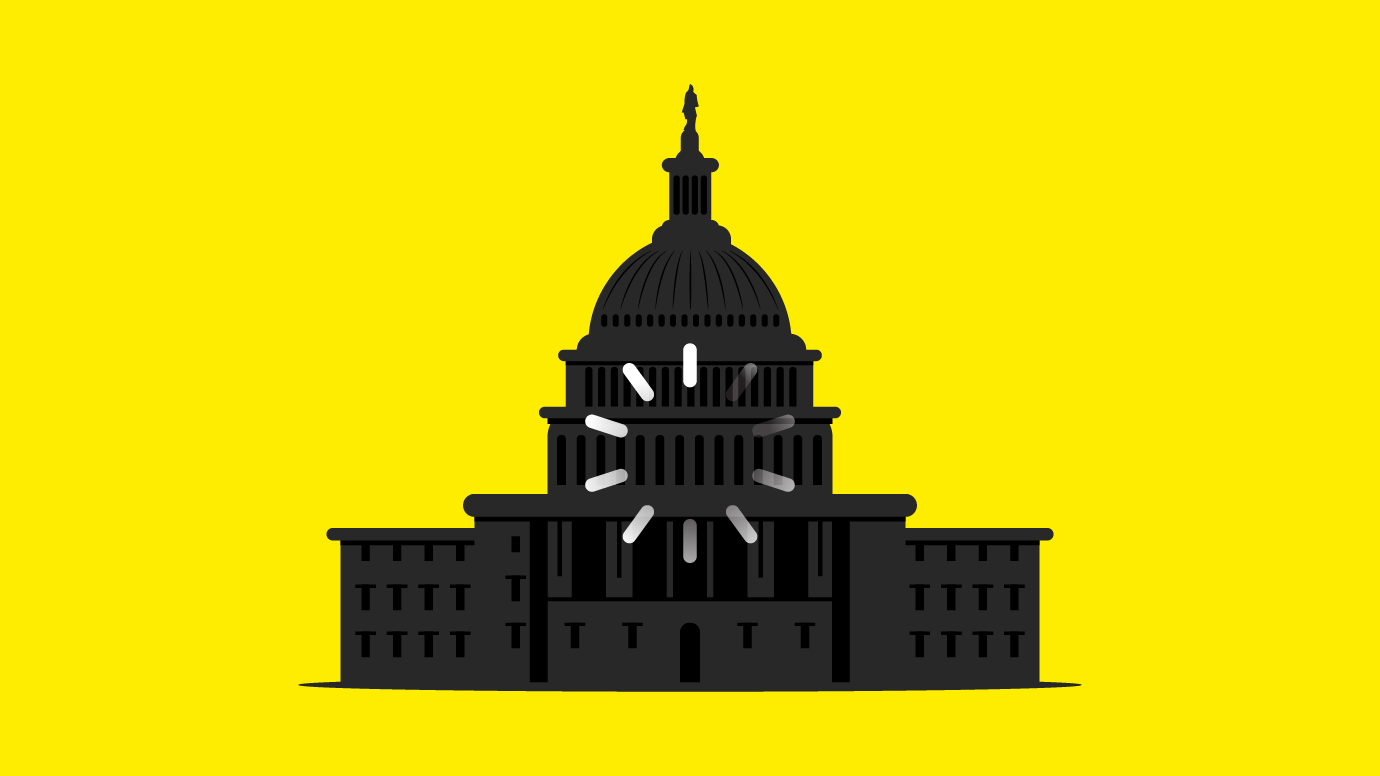Special Diabetes Program: What It Is + How You Can Advocate for It Today!
Written by: Christine Fallabel
4 minute read
May 25, 2023
The Special Diabetes Program (SDP), also known as the Special Statutory Funding Program for Type 1 Diabetes Research, has been a program within the National Institutes of Health (NIH) since 1998. It was first established with bipartisan support to ensure a dedicated funding mechanism for research grants to prevent and cure type 1 diabetes (T1D) and help reduce complications and improve management.
Without this funding, hundreds of millions of dollars in research money for type 1 and type 2 diabetes (T2D) would disappear. Funding for the Special Diabetes Program expires this fall.
Beyond Type 1 sat down with Laura Whitton, Vice President, Government Relations & Grassroots Advocacy, and co-lead for the JDRF Advocacy office, to learn more about this program and how to advocate for its continuation.
History of the Special Diabetes Program
The SDP is made up of two initiatives; one to advance research for type 1 diabetes at the NIH, and the other to fund treatment, education, and prevention programming for American Indian and Alaskan Native Populations, who are disproportionately affected by type 2 diabetes.
The Special Diabetes Program dedicates $150 million dollars annually for research, playing a crucial role in the development of advanced diabetes technology, such as automated insulin delivery (AID) systems (also known as hybrid closed loops) as well as focusing on T1D cure and prevention research. Environmental triggers have been recently investigated through the TEDDY study, and in late 2022 the first disease-modifying therapy to delay the onset of T1D for an average of 2 years was approved by the FDA.
Since it began, the SDP has provided researchers with nearly 3.5 billion dollars in funding to advance diabetes treatments and find a cure for type 1 diabetes.
How the Special Diabetes Program is funded
Funding for the SDP is currently surviving by short-term extensions that Congress must reapprove every few years. Current funding is set to expire on September 30, 2023. Laura Whitton has advocated for SDP funding since she began her career at JDRF 20 years ago.
“There is so much great progress coming out of the SDP, and it’s something that we need to continue,” Whitton said. “If funding for the SDP is not renewed, hundreds of thousands of dollars that could be spent on finding improvements in diabetes management and eventual cures will be allocated elsewhere.”
Importantly, the SDP has historically received strong, bipartisan support from Congress, but advocating for its continuation is still vital, and a long-term renewal of the funding is one of JDRF’s top legislative priorities. Whitton is passionate about getting this message out to the diabetes community and its network of supporters.
How to advocate for the Special Diabetes Program
Over the years, JDRF’s passionate volunteers and staff have been instrumental in successfully continuing SDP funding through their advocacy to Members of Congress. As the September 30 deadline approaches, JDRF is once again mobilizing its advocates, and invites members of the T1D community to act, too. There is power in numbers!
Whitton encourages everyone impacted by T1D to feel empowered to contact their Members of Congress to share their stories and discuss how diabetes affects their lives. She urges the T1D community to remember that—while it may feel intimidating to share your personal story—the challenges you experience and describing what a cure for diabetes would mean to you hold such strength. Your personal stories have the power to drive Federal funding!
Right now, our T1D champions on Capitol Hill—Senators Susan Collins (R-ME) and Jeanne Shaheen (D-NH), and Rep. Diana DeGette (D-CO-1) and Rep. Gus Bilirakis (R-FL-12)—are building support for the SDP renewal in Congress. Thanks to the leadership of Senators Collins and Shaheen, a letter that recognizes the important contributions of the SDP and calls for the program’s renewal was signed by 60 Senators and delivered to leadership. A similar letter being led by Representatives DeGette and Bilirakis is being circulated for signature in the House. You can help—please contact your U.S. Representative TODAY so they sign onto this letter of support!
How to get involved with general JDRF Advocacy efforts
If you want to support other JDRF Advocacy efforts, become a JDRF Advocate. By linking arms with other highly engaged T1D community members, you can lend your voice to the issues that matter to you and stay in the loop on the latest diabetes policy news.
Diabetes advocacy means driving progress, including helping to secure Federal funding for programs like the SDP, informing meaningful changes to health insurance coverage for diabetes medications and supplies, and advancing an improved quality of life for everyone impacted by diabetes. Your voice matters and your help makes a difference.
Editor’s note: This resource was created in partnership with JDRF, an active partner of Beyond Type 1 at the time of publication, through the JDRF – Beyond Type 1 Alliance.
Related Resources

A delayed diabetes diagnosis isn’t rare, it affects millions worldwide. Behind every missed diagnosis is...
Read more

When Nia Cannady stood on the sidelines of the New York City Marathon last year,...
Read more

Two runners, one diagnosis and a friendship that turned every mile into a shared triumph:...
Read more


